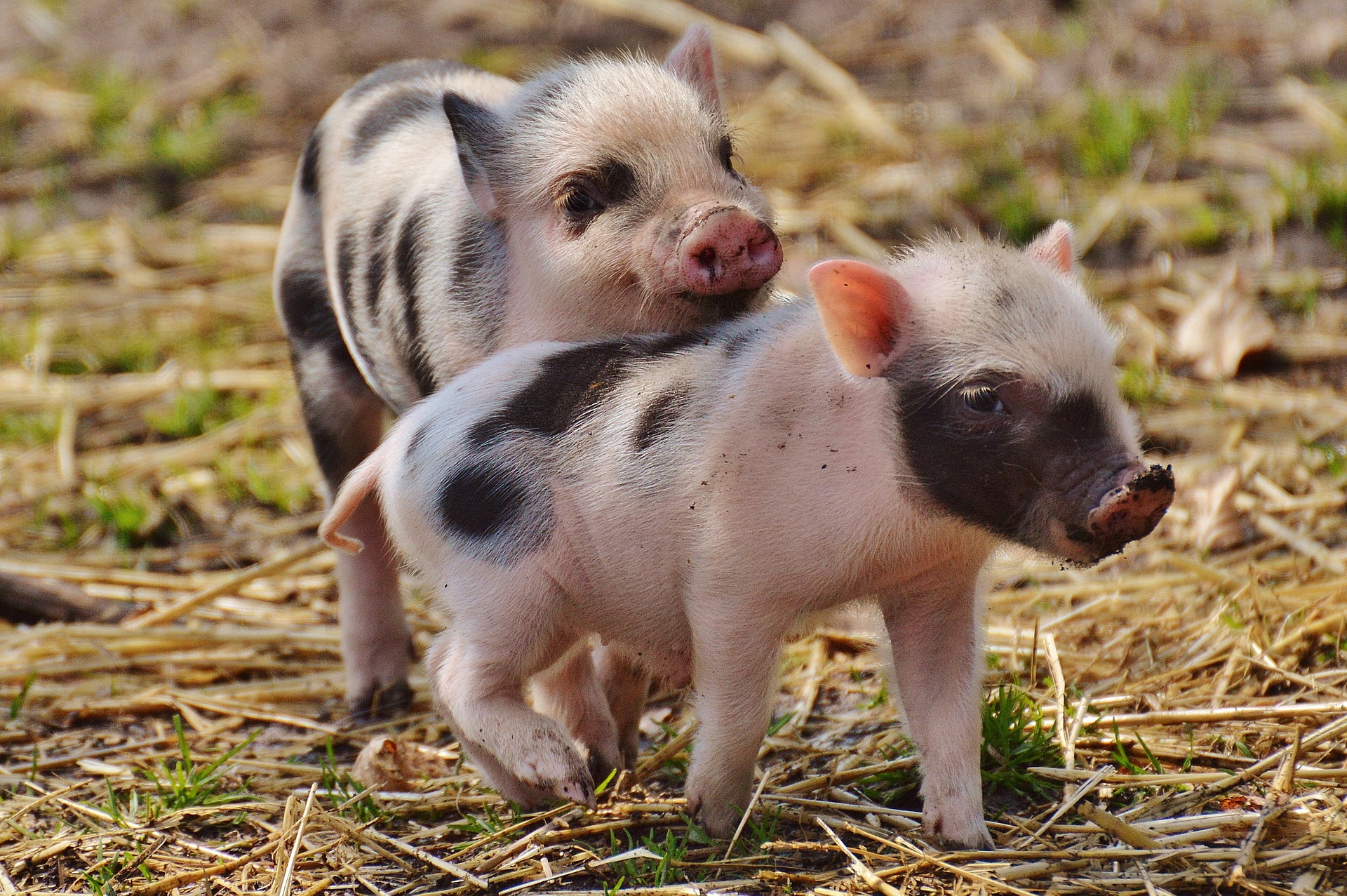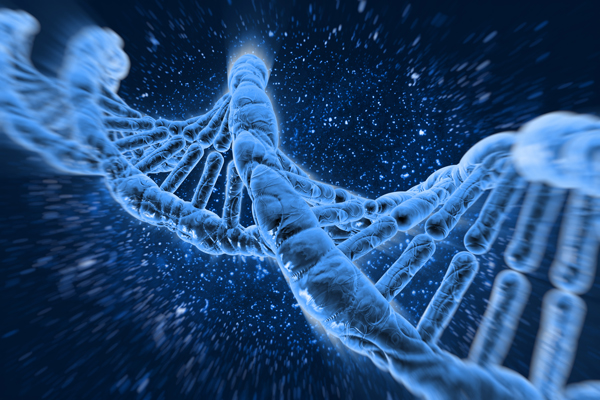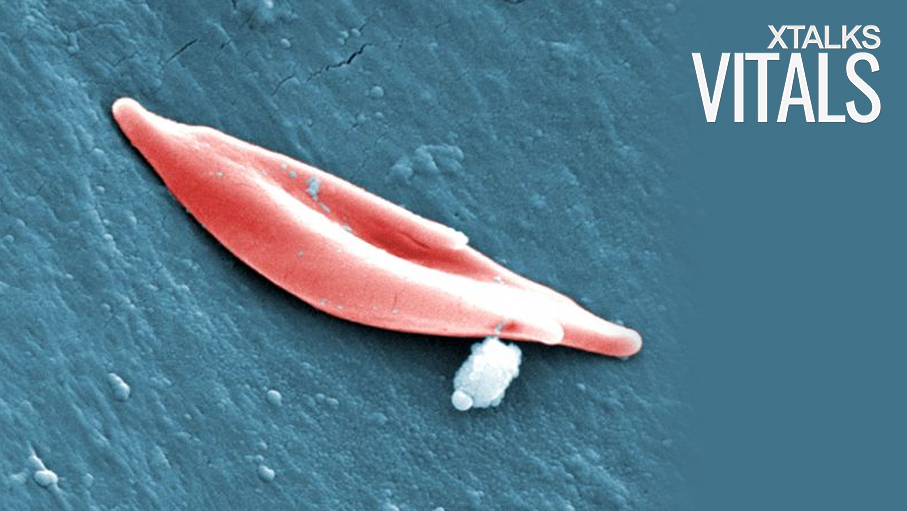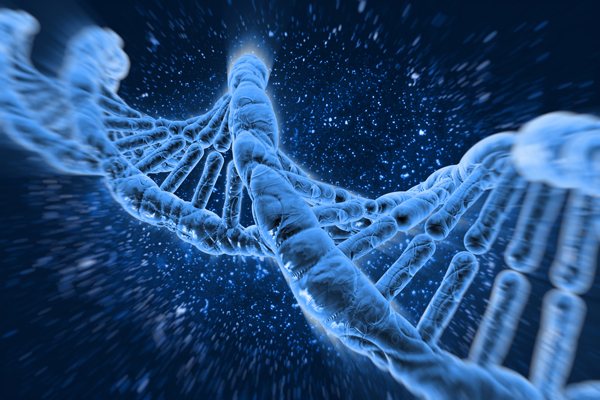A technology called prime editing has been introduced to accurately re-code DNA sequences. This is a variant of CRISPR, which is a technique used by scientists to re-edit a genetic code in order to alter a mutation and eliminate errors in the sequence, such as mutations causing sickle cell anemia.
Gene editing is not something new that we just started hearing about. CRISPR was popularized nearly seven years ago and was found in nature long before then. However, it changed the way gene editing has been done in the past by providing faster, cheaper and more accurate and efficient results compared to other methods.
Now, prime editing has changed the level of accuracy and versatility of gene editing by upgrading the CRISPR technique which could correct 89 percent of the harmful mutations found in DNA that can cause disease.
In a statement, David Liu, a biologist at Harvard, MIT and Broad Institute said, “prime editing is really a step — and potentially a significant step — towards this long-term aspiration of the field in which we are trying to be able to make just about any kind of DNA change that anyone wants at just about any site in the human genome.”
Researchers have identified many genes that affect our risk of disease. According to McGovern Institute, CRISPR is a method developed that is based on findings from bacteria. When a bacterium is infected by a virus similar to one the cell has encountered before, it detects and produces two short types of RNA. One of those sequences matches the code of the invading viruses and the other encodes an enzyme capable of cleaving DNA, called Cas9. When the guide RNA finds its target in the viral genome, Cas9 cuts the target DNA and disables the virus.
RELATED: CRISPR Gene Editing Technique Gets Precision Upgrade

This method was replicated and used to engineer any DNA sequence by changing the guide RNA to match its target. This can be done in a nucleus of a living cell. As soon as it’s in the nucleus, and the Cas9 cuts the DNA strand, DNA repair mechanisms attempt to replace the cleaved sequence, but this could cause errors that could disable the gene. This is where the researcher replaces the mutant gene with a healthy copy by adding another piece of DNA with the desired sequence. This allows the DNA to repair itself with the new sequence.
This is the reason that CRISPR is a very popular method in the lab. However, researchers found that improvements in accuracy in targeting the correct sequence were needed to avoid off-target activity.
Prime editing promises to do so, by providing higher accuracy and increasing its versatility. According to The Guardian, it can do so by an engineered protein within the prime editor that guides it to its target. Then it uses Cas9 to break the strand of DNA to allow the new DNA to be inserted at the site. After that, another protein directs the prime editor to the broken DNA strand allowing the repairs to occur by copying the edited strand that was inserted earlier (see diagram on the left for more).
According to NPR, an advantage that prime editing has is that it does not rely on the ability for the cell to divide to make the desired changes to the DNA, therefore it can be used to correct genetic mutations in cells that do not divide often. Some of those mutations cause diseases such as Parkinson’s and Huntington’s.
The authors of this research want to stress that they have a long way to go in order to truly understand how prime editing works. They would also like to emphasize that this new technology could potentially be misused. An Innovative Genomics Institute investigator says, “gene editing, like many technologies, can, in principle, be put to nefarious use. Prime editing in that regard does not pose an added grave danger to the planet… that said, now is not the time for a sense of false security, but rather added vigilance.”











Join or login to leave a comment
JOIN LOGIN